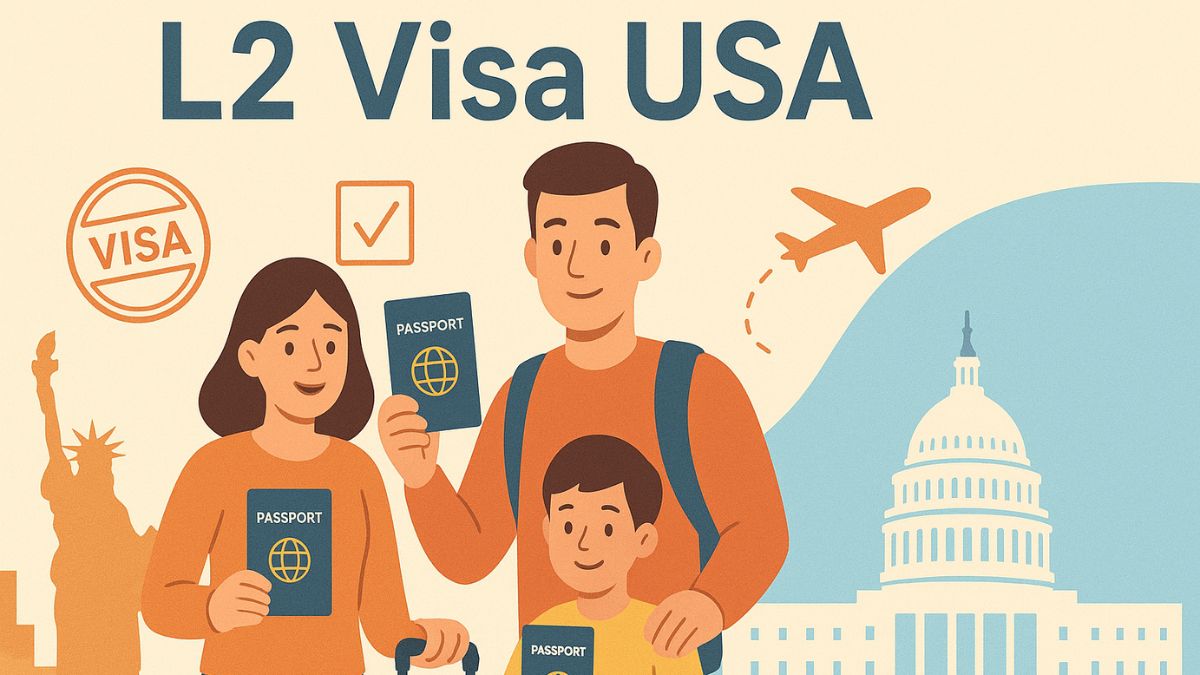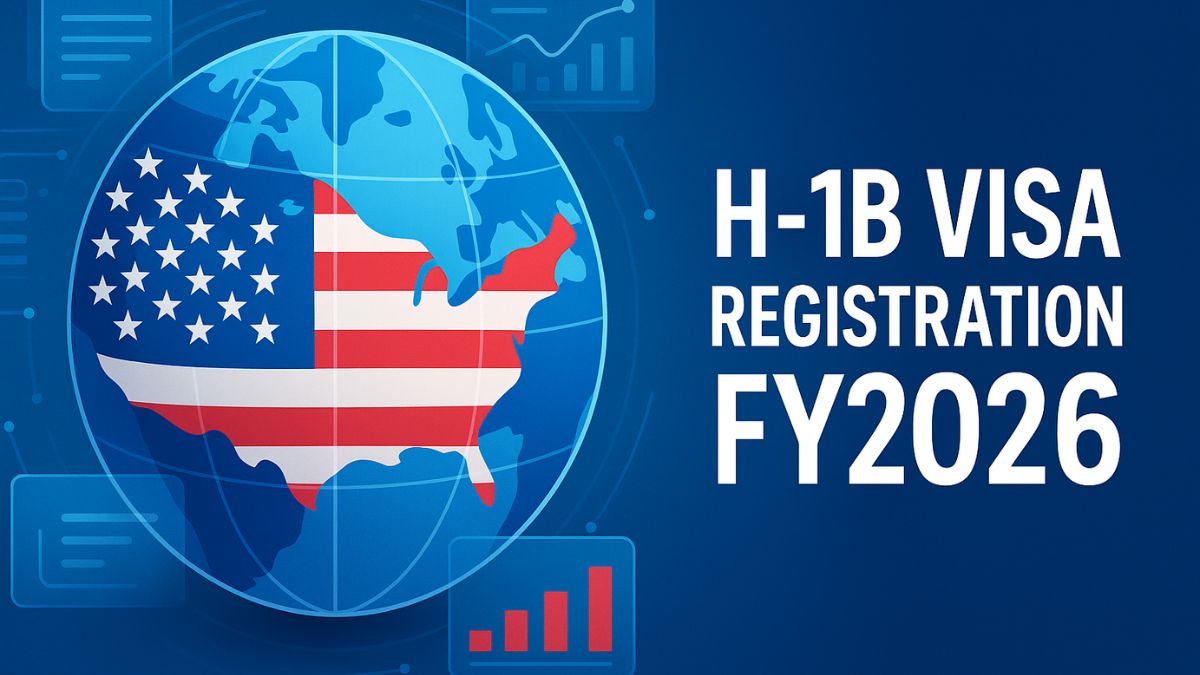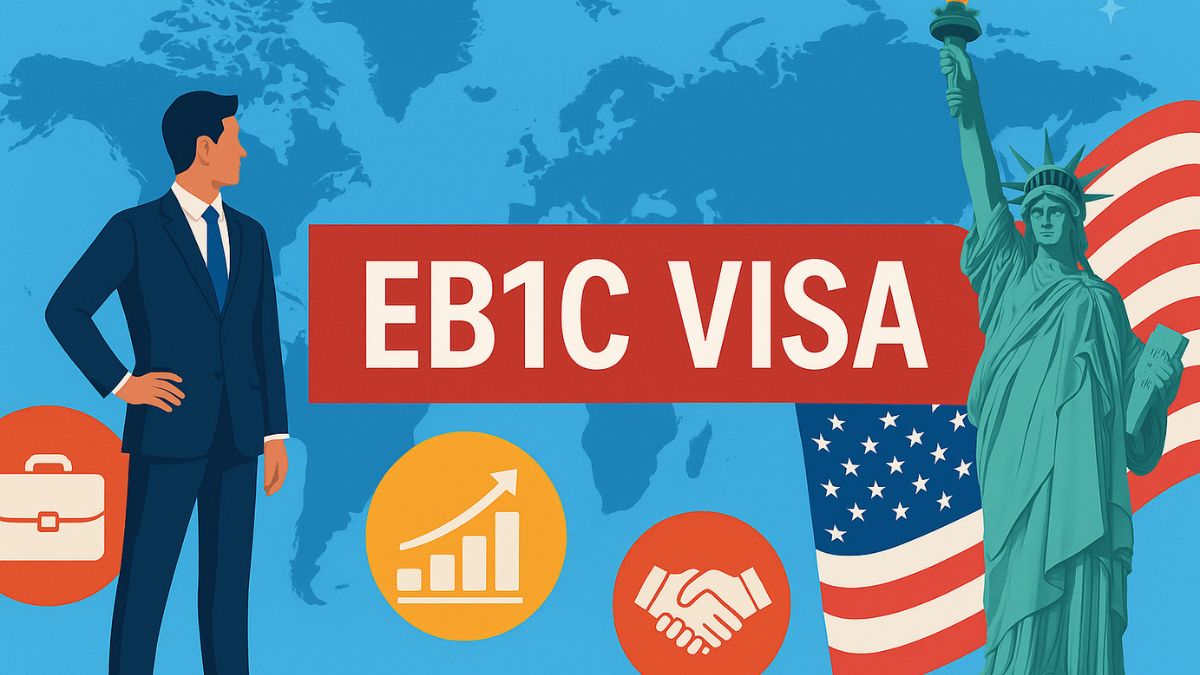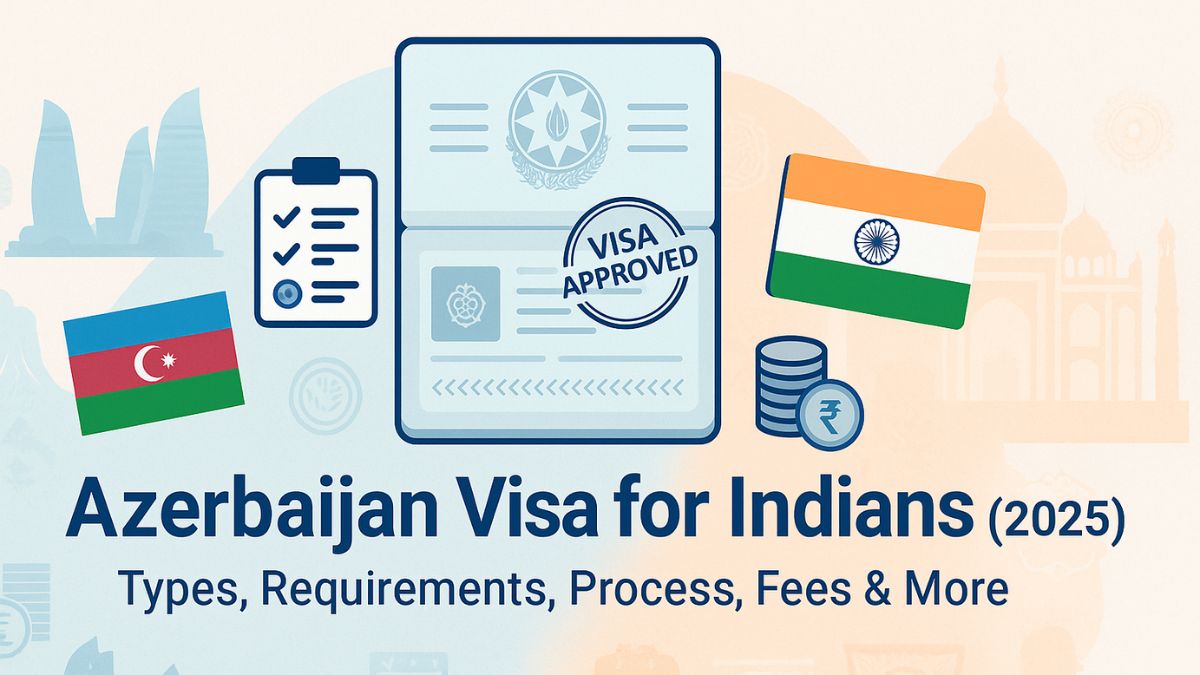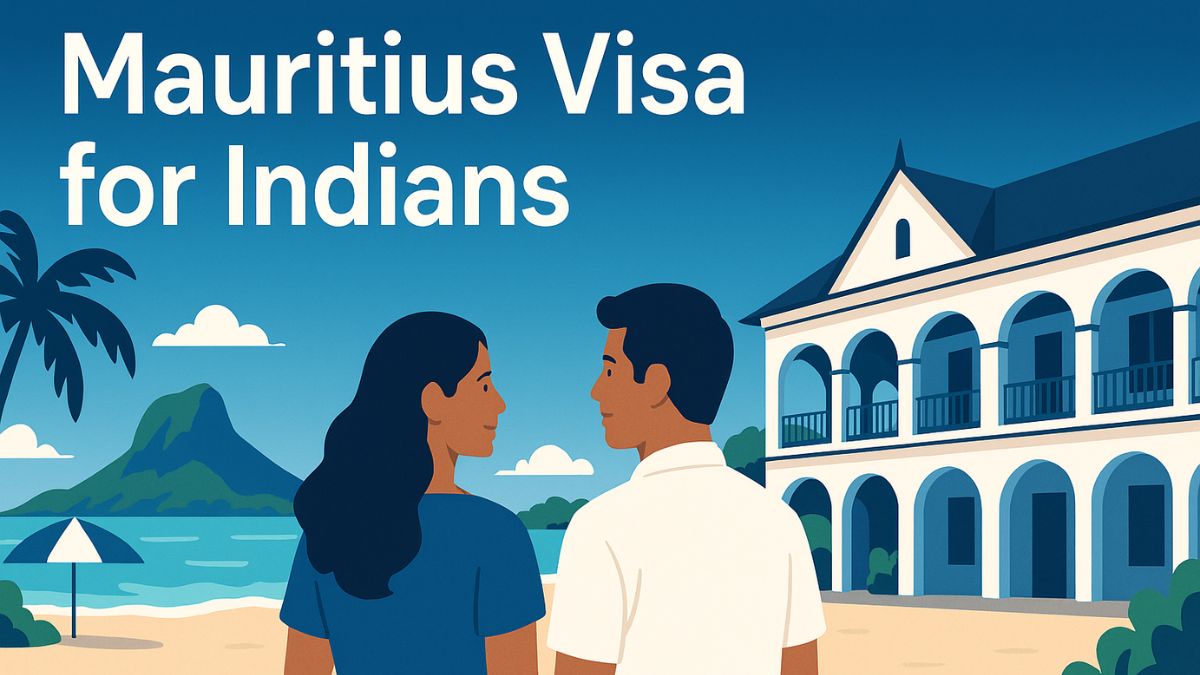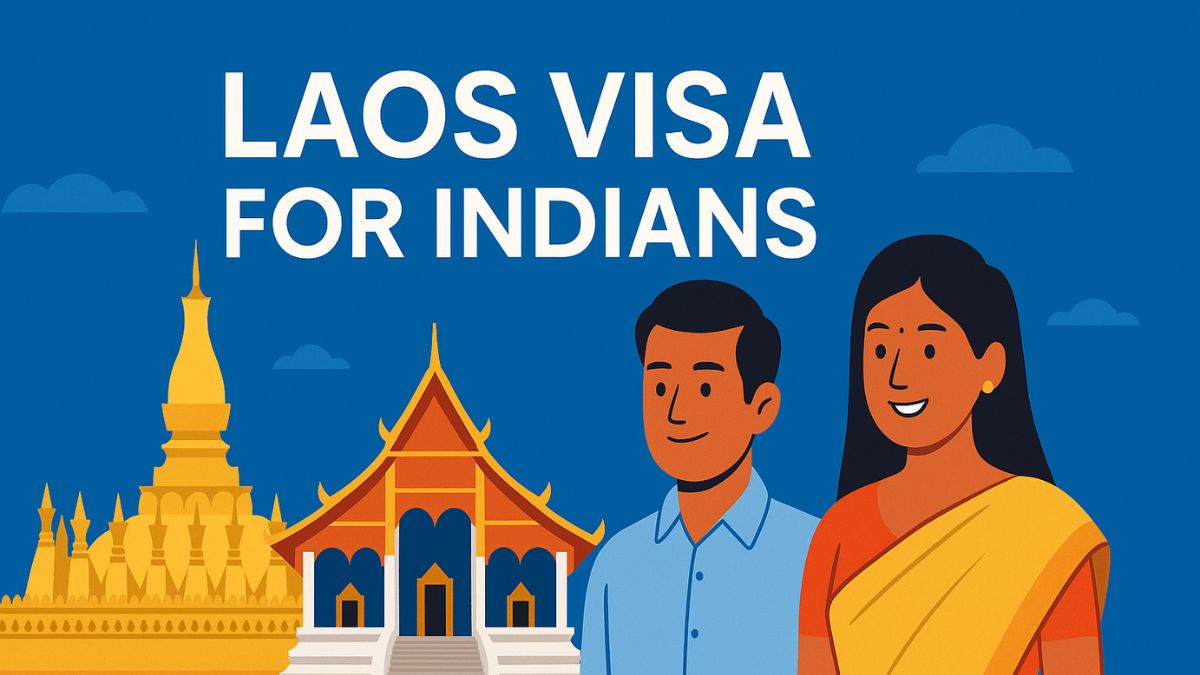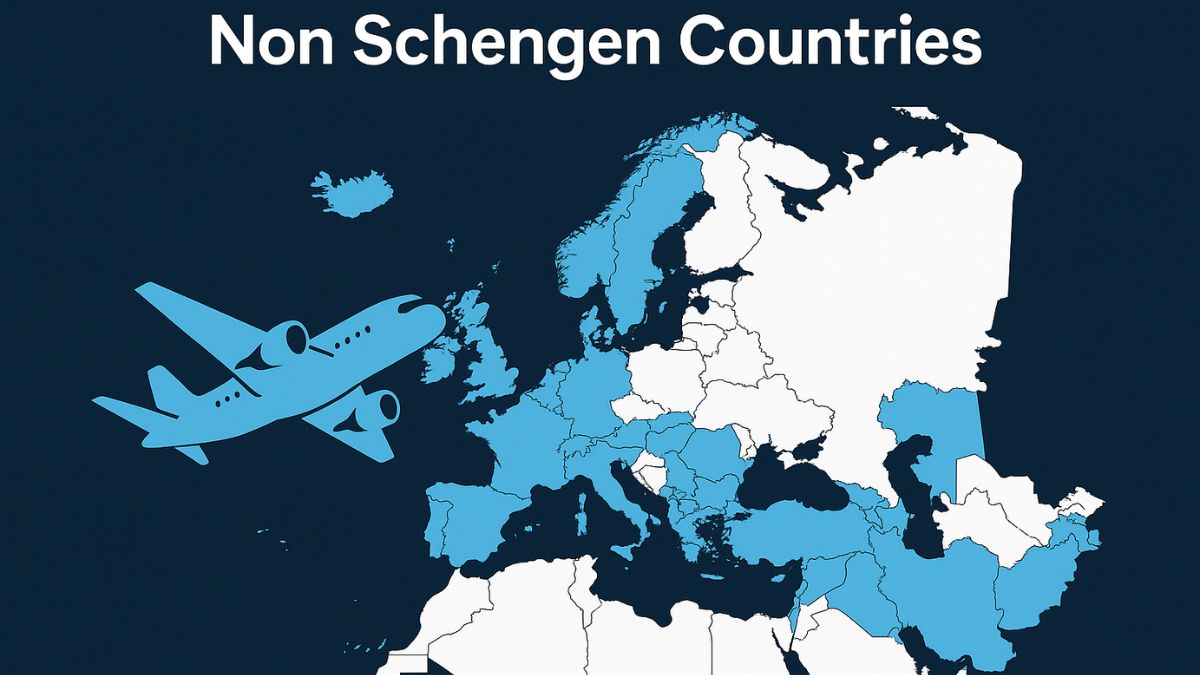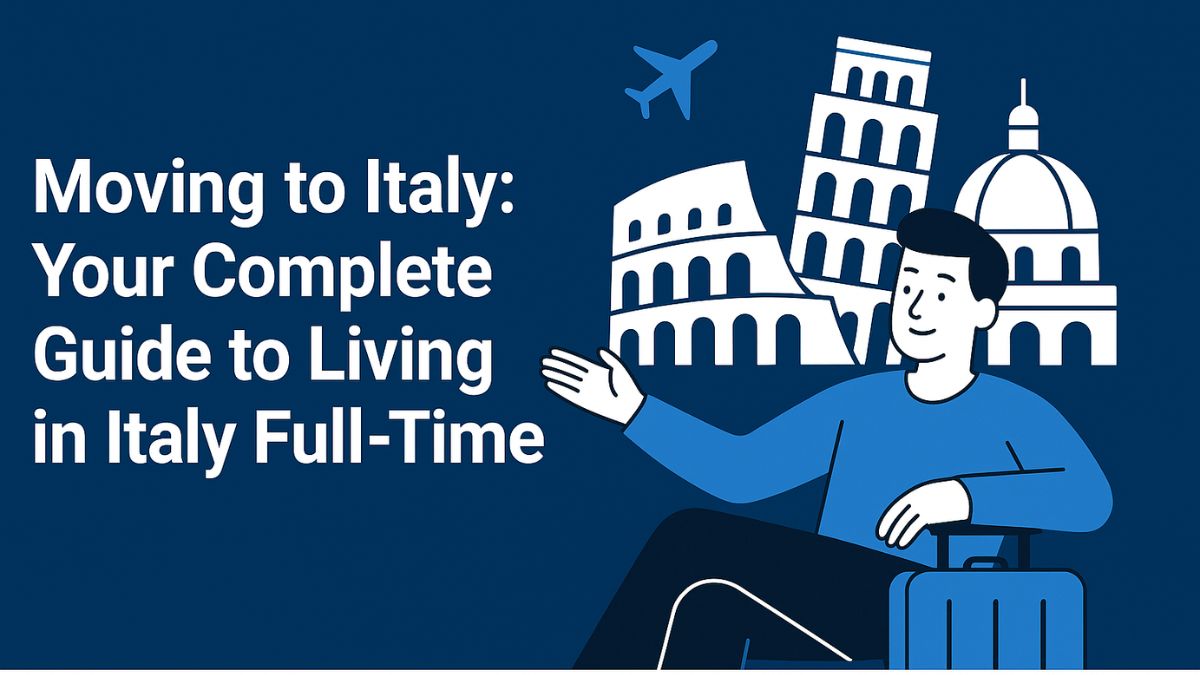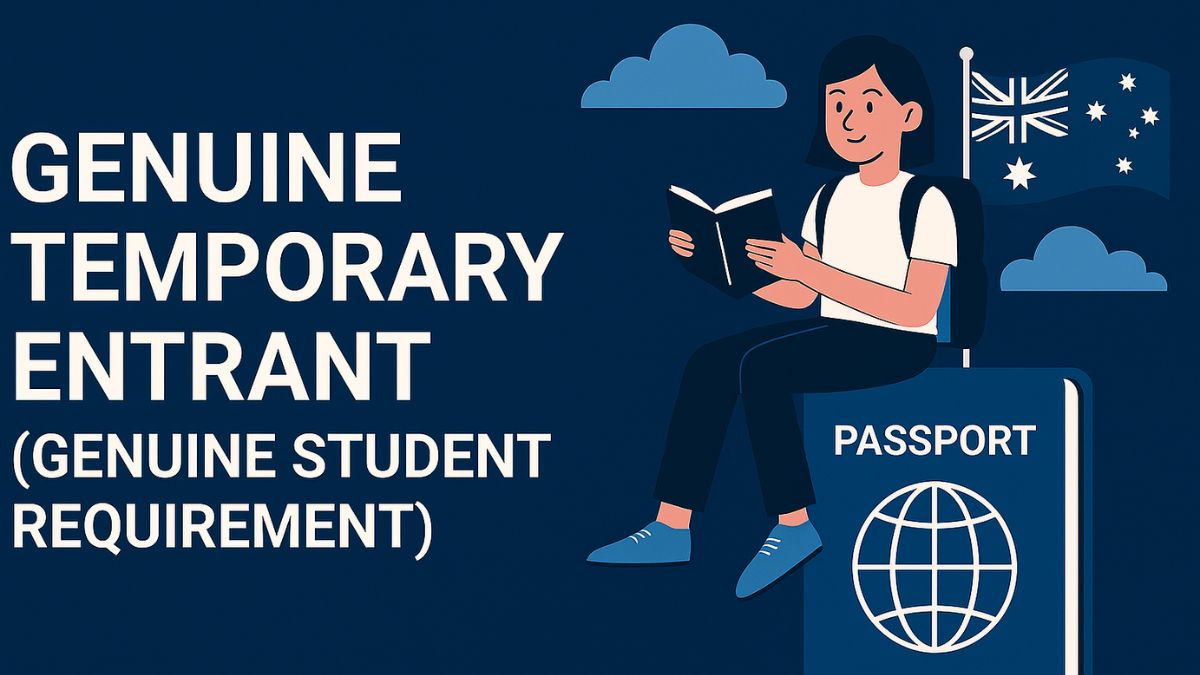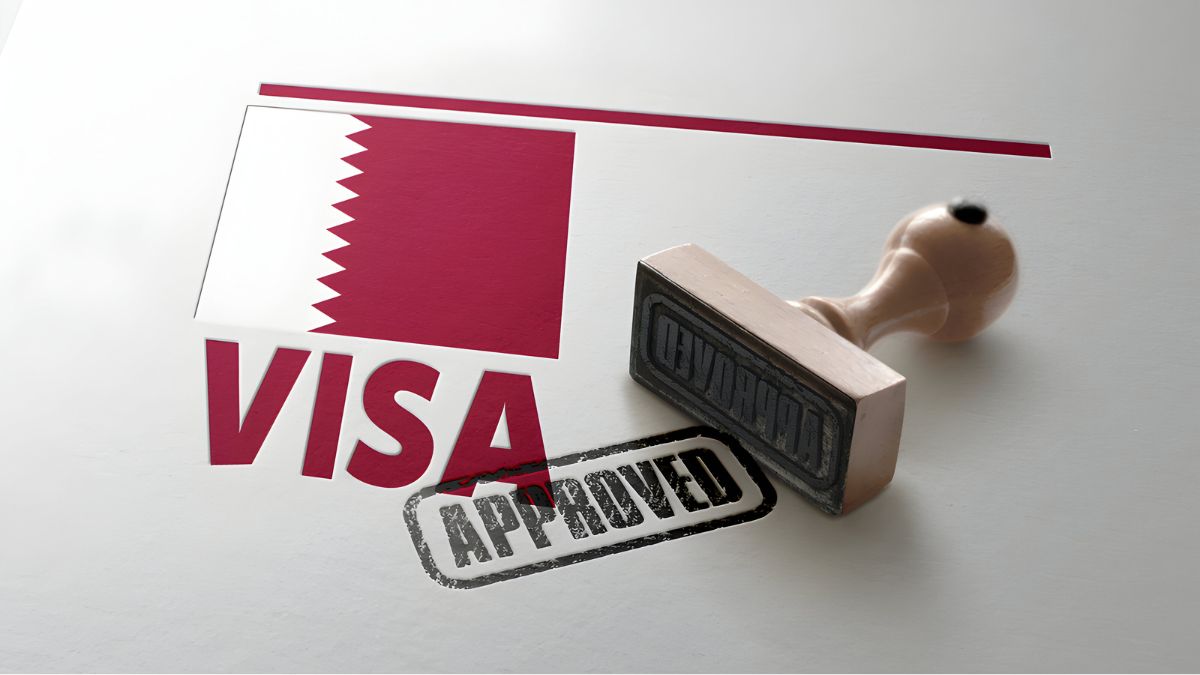
- May 28, 2025
- Heisenberg
- 0
So, you’ve got your eye on Canada—not for a full-blown degree or multi-year program—but for a short, focused course that builds your skills, boosts your resume, or maybe even just lets you tick off “study abroad” from your bucket list.
You’re not alone.
Every year, thousands of people head to Canada for exactly that kind of academic getaway. Maybe it’s a three-month French language immersion in Montreal. Or a six-week digital marketing certification in Toronto. Or even a winter photography workshop in Banff (yes, that’s a thing).
But here’s where many get stuck: what visa do you need if your course is less than six months?
Enter the SX-1 Visa Canada—a lesser-known but incredibly useful visa option created for short-term students. Think of it as a “study-lite” permit. You won’t be allowed to work or stay forever, but for what it offers, it might be the perfect fit.
Whether you’re a professional looking to attend a training seminar, a student signing up for a quick certificate course, or just a curious learner chasing a new skill, the SX-1 Visa Canada opens the door—legally and easily.
In this guide, we’ll walk you through everything you need to know: who’s eligible, what the requirements are, how much it costs, how long it takes, and how to apply. Oh, and we’ll do it without putting you to sleep. Promise.
Ready? Let’s dive in.
What Exactly is the SX-1 Visa Canada?
Introduced in 2013, the SX-1 Visa is a temporary resident visa designed for individuals intending to undertake short-term, non-degree programs in Canada. Unlike the standard study permit, which caters to programs longer than six months, the SX-1 Visa is designed for courses that do not exceed this duration.
It’s particularly beneficial for professionals seeking to enhance their skills or students exploring specific subjects without committing to extended study durations. It’s perfect for language courses, certificate programs, or specialized training sessions.

Document Requirements for SX-1 Visa Canada
These are the documents you need to submit with your application to prove you’re eligible:
- Valid Passport
Must be valid for the duration of your stay in Canada. - Letter of Acceptance
From a Canadian institution clearly stating the course duration and details. - Proof of Financial Support
Recent bank statements, pay slips, or sponsor letters to prove you can pay for your stay, tuition, and return. - Letter of Explanation
A short written letter describing why you want to study in Canada temporarily and what your plans are afterward. - Medical Insurance Proof
Health coverage for your entire time in Canada. - Police Clearance Certificate (if requested)
To verify good conduct. - Passport Photos
According to Canadian photo specs. - IMM 5257 Application Form
The official temporary resident visa form. - Visa & Biometric Fee Payment Receipts
Visa fee is CAD 100; biometric fee (if applicable) is CAD 85.
Eligibility Criteria for SX-1 Visa Canada
These are the basic conditions you must meet to apply:
- Enrolled in a Short-Term Course
The program must be under six months and not lead to a degree or diploma. - Genuine Temporary Intent
You must intend to return to your home country after your studies. This is a non-extendable, non-permanent route. - No Work Intentions
You are not planning to work or apply for a work permit during your stay in Canada. - Physically Healthy and Law-Abiding
You must not pose a health or security risk to Canada. A medical exam or police certificate may be requested.
TL;DR:
- Eligibility = Can you apply?
- Requirements = What must you submit to prove you qualify?
Fees Associated with the SX-1 Visa
- Application Fee: CAD 100
- Biometric Fee: CAD 85 (if applicable)
- Additional Costs: Expenses related to medical examinations, police certificates, and document translations may also arise.
Ensure all fees are paid through the official channels specified by the IRCC to avoid processing delays.
Processing Time: What to Expect
The processing duration for the SX-1 Visa Canada typically spans 4 to 6 weeks. However, factors such as application volume, completeness of documentation, and individual circumstances can influence this timeframe. It’s advisable to apply well in advance of your intended start date to accommodate any unforeseen delays.
Application Process: Step-by-Step Guide
- Program Enrollment: Begin by enrolling in a short-term course at a Canadian institution and obtaining an official acceptance letter.
- Gather Documentation: Collect all necessary documents, including financial statements, medical insurance proof, police clearance, and passport-sized photographs.
- Complete Application Forms: Fill out the required forms available on the IRCC website.
- Pay Application Fee: Submit the processing fee, which is typically CAD 100, through the designated payment methods.
- Submit Application: Lodge your application online or through a Visa Application Centre (VAC).
- Biometric Submission: If required, schedule and attend a biometric appointment.
- Await Decision: Processing times vary but generally range between 4 to 6 weeks.

Benefits of the SX-1 Visa Canada
- Short-Term Commitment: Ideal for individuals seeking brief educational experiences without long-term obligations.
- Simplified Process: Compared to longer study permits, the SX-1 Visa entails a more straightforward application procedure.
- Professional Development: Enhance your skills and knowledge through specialized courses, boosting your career prospects.
- Cultural Exposure: Experience Canada’s diverse culture and educational environment firsthand.
Can I Convert an SX-1 Visa to a Work Permit in Canada?
Short answer: No, not directly.
The SX-1 Visa Canada is specifically designed for short-term study, not for work or long-term settlement. It’s a temporary resident visa with strict limitations, and it does not lead to a work permit or study permit extension while you’re inside Canada.
That means:
- ❌ You can’t switch from an SX-1 to a Post-Graduation Work Permit (PGWP).
- ❌ You can’t apply for a work permit from within Canada on an SX-1.
- ✅ You can leave Canada and apply for a new visa or permit from your home country — if your situation changes.
So, what are your options?
If you finish your short course and decide you want to stay longer — maybe to study full-time or work — you’ll need to:
- Return home after your SX-1 expires.
- Apply for either:
- A study permit (if enrolling in a full-time, long-term program).
- A work permit (if you get a valid job offer and meet LMIA or LMIA-exempt rules).
Final Thoughts: So, is the SX-1 Visa Canada Right for You?
If you’re planning to hop into Canada for a quick study program, dip into some academic enrichment, or just want to tell your future kids “I once studied in Canada for a bit,” the SX-1 Visa Canada might just be your jam.
But let’s be real — this visa isn’t the golden ticket to settling down or finding a job in Canada. It’s more like a round-trip study vacation with homework. You’ll need to pack up and head home once your course is done. No extensions. No job hunts. No “let’s see where life takes me” kind of flexibility here.
Still, for short-term learners, it’s a neat, straightforward way to experience Canada without the paperwork marathon that comes with full-blown study permits.
👉 Need more info on visas, immigration rules, travel tips, or even the best eats while you’re abroad? Check out Get Visa Info — we keep things simple, useful, and not boring. Pinky swear.







